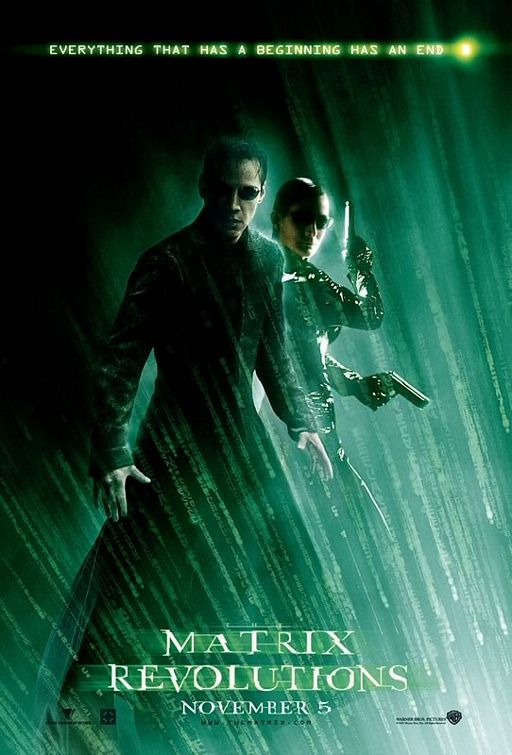For my research paper, I plan to examine Batman as a text of popular culture. Batman is a comic book superhero character that has become an influential figure in American as well as World popular culture since 1939. Originally appearing in the medium of comic books, Batman has bled over into almost every other entertainment media including film, television, novelizations, video games, and even music. Batman’s most recent film adaptation, The Dark Knight, became a highly successful record breaking blockbuster, pushing the text to a greater degree of cultural popularity.
In my paper, I would fit Batman into the broader context of superhero fiction by giving a short history of the comic book industry and its incursion into other media, particularly film. This would serve to give background information of Batman as a popular culture text and its dissemination. The central question I wish to investigate is: why and how does Batman matter people’s lives, or why do people enjoy this character and his universe? I would like to study the encoding and decoding of meaning of Batman. In doing this, I would investigate the perspective of those who control the production of the text and those who consume (or do not consume) it. I would incorporate hegemonic negotiation theory in order to analyze the dynamics of these meanings. In this way, I believe tracing the history of the character’s reception is important in analyzing negotiation of meanings in action. Batman, as a text, has gone from serving as nationalist propaganda during wartime to being seen as subversively homosexual to being a valuable commodity that helps corporations rake in enormous profits.
In terms of research, I would use secondary sources like written critical analyses of Batman such as The Many Lives of the Batman: Critical Approaches to a Superhero and his Media edited by Roberta E. Pearson and William Uricchio. For a broader contextual look at Batman, other secondary sources would be Comic Book Nation: The Transformation of Youth Culture in America by Bradford W. Wright as well as television documentaries such as Comic Book Superheroes Unmasked, Once Upon a Time: The Superheroes, and Comic Books Unbound. I would also look at reviews of films and comic books featuring Batman.
1. Comic Book Superheroes Unmasked, Once Upon a Time: The Superheroes. Dir. Steve Kroopnick. 2003.Youtube. <http://www.youtube.com/watch?v=8DEo0t_3Fig>.
2. Comic Books Unbound
3. Once Upon a Time: The Superheroes
4. Pearson, Roberta E., and William Uricchio. The Many Lives of the Batman: Critical Approaches to a Superhero and His Media. New York: Routledge, 1991.
5. Wright, Bradford W. Comic Book Nation: The Transformation of Youth Culture in America. Baltimore: Johns Hopkins University Press, 2001.



